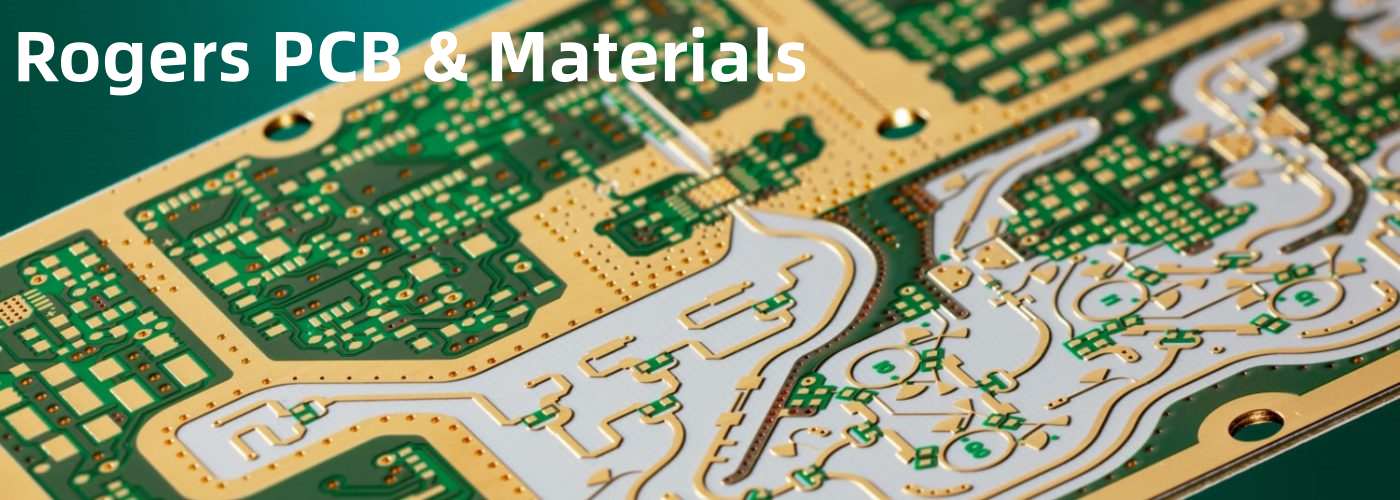Overview of rt duroid
rt duroid is a brand of high frequency circuit board material manufactured by Rogers Corporation. It is widely used in wireless, radar, automotive and high-speed digital applications that require stable electrical performance at microwave frequencies. Some key features of rt duroid include:
Low Loss
rt duroid exhibits very low loss at high frequencies, which helps minimize signal attenuation. The dielectric loss is low, allowing more of the signal to reach its destination. This makes rt duroid well-suited for high frequency applications above 10 GHz.
Tight Dielectric Constant Tolerance
The dielectric constant of rt duroid is tightly controlled during manufacturing. This tolerance ensures consistent material properties across production lots. A tight tolerance allows circuit designers to accurately model performance.
Thermal Stability
The electrical properties of rt duroid remain stable over a wide temperature range. The dielectric constant varies little from -55°C to 125°C. This makes the material reliable in applications that require operation in extreme temperatures.
Easy Circuitization
rt duroid can be easily fabricated into printed circuit boards using standard PCB manufacturing processes. The material also machines well if any post-production modifications are needed.
rt duroid product lines

Rogers offers several families of rt duroid materials optimized for different applications:
RT/duroid 5870 /5880
The 5870/5880 products are glass microfiber reinforced PTFE composites. They offer low loss, excellent thermal stability and a low z-axis coefficient of thermal expansion. These materials are often used in mmWave applications above 18 GHz such as point-to-point radios, automotive radars and 5G antennas.
RT/duroid 6002/6202
The RT/duroid 6002 and 6002 materials have similar electrical properties to 5870/5880 but with improved thermal performance. They are often selected when the application requires high power handling.
RT/duroid 6035HTC and 6035HK
The 6035HTC and 6035HK products are ceramic-filled PTFE composites optimized for mixers, couplers and filters from 500 MHz to 50 GHz. They balance low loss with a higher dielectric constant. The ‘HTC’ version handles more power than the ‘HK’ version.
High frequency, low loss circuit materials
In summary, rt duroid products span a range of dielectric constants and loss values to fit applications from L-band to mmWave frequencies. The consistent quality and stability make them a popular choice when performance is critical. The low loss and tight tolerance support demanding wireless, radar and high-speed digital designs.
Typical Applications
Here are some examples of where rt duroid materials are commonly used:
- Wireless infrastructure – antennas, filters, combiners, duplexers
- Radar systems – antennas, microstrip patch arrays, transitions
- Automotive radar – 24/77 GHz radar sensors, antennas
- Aerospace/Defense – phased array antennas, mmWave systems
- 5G networks – 28/39 GHz 5G NR antennas
- High-speed digital – 100+ Gb/s interfaces, data processing
- Space communications – low-noise amplifier front ends
PCB Fabrication with rt duroid
rt duroid can be fabricated into circuit boards using common PCB processes:
- Lamination – Multiple sheets are laminated under heat and pressure
- Etching – Copper is etched away to form the conductive traces
- Via formation – Holes are drilled and plated to create vertical interconnects
- Solder mask – A protective coating is applied over the traces
- Silkscreen – Identifying text and markings are printed
Rogers provides fabrication guidelines to ensure proper processing. Following these helps avoid issues like via cracking.
Handling and Storage
rt duroid requires some care during handling, machining and storage:
- Avoid folding, creasing or scratching finished boards
- Use new, sharp tooling when machining or drilling
- Store boards flat in bags when not in use
- Allow boards to equalize before unpacking to avoid moisture condensation
Following Rogers’ handling guidelines helps prevent damage and optimize the product lifetime.
Frequently Asked Questions
What are some key benefits of rt duroid over FR-4?
rt duroid maintains stable electrical properties to much higher frequencies compared to standard FR-4 laminates. The low loss allows rt duroid to work well into mmWave bands.
Can rt duroid be used for multilayer boards?
Yes, rt duroid can be fabricated into multilayer boards to allow complex circuitry in a small form factor. Careful lamination process control is required.
Is rt duroid compatible with lead-free soldering?
Yes, Rogers validates all its materials for lead-free solder processes. Special handling may be required as PTFE has a higher Tg than traditional FR-4 materials.
What thickness of rt duroid is commonly used?
The most common thickness is 0.508mm (0.020″). Other standard thicknesses include 0.254mm (0.010″) and 0.381mm (0.015″). Thinner material is used for high freq boards.
Can rt duroid be machined with standard PCB tools?
Yes, carbide tools with sharp edges are recommended. Coolant should be used for optimal finish. Follow Rogers’ machining guidelines.

Leave a Reply